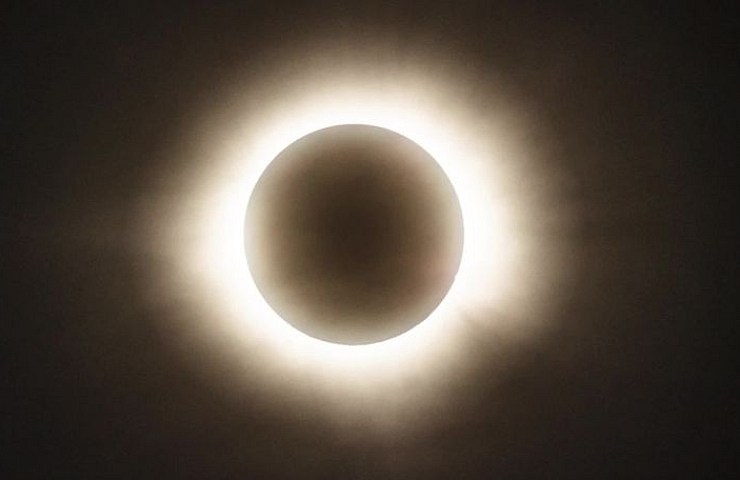On April 8, 2024, a remarkable astronomical event took place: a total solar eclipse, the last one visible from the United States for the next two decades. This extraordinary phenomenon differs significantly from the lunar eclipse.
During a lunar eclipse, the alignment of the sun, moon and Earth, positions our planet between the sun and the moon. In contrast, a solar eclipse involves a reverse configuration, with the moon passing between the Earth and the sun. As the moon’s shadow falls upon parts of our planet, it temporarily blocks the face of the sun.
This year, the path of totality passed over large parts of Texas, allowing Texans to see the once-in-a-lifetime event before the next one in 2044.
In ancient times, many of these natural events were a cause of worry. From volcanoes and earthquakes to astronomical events and solar eclipses. Most people associated outer space with stories and gods to cater towards a safety net as they feared punishment from the landscape.
In ancient Chinese mythology, solar eclipses were depicted as dragons attacking and devouring the sun. Dragons were both believed to be creators and destroyers of elements. To save the Earth and beat the dragon, people would bang drums and play loud noises during an eclipse.
Similarly in Vietnam, the mythology of solar eclipses revolved around a giant frog swallowing the sun. Its master, the lord of Hahn, convinces the frog to give it back to people. In Japanese mythology, Batara Kala, the god of darkness, swallows the sun. To get the sun back, the villagers try to show their loyalty by offering sacrifices and beating drums, similar to Chinese mythology.
The oldest recorded eclipse in human history may have been on Nov. 30, 3340 B.C.E. A series of spiral-shaped and circular petroglyphs were found at the Loughcrew Megalithic Monument in County Meath, Ireland. Soon after, archeologists dug up the remains of nearly 50 people who sacrificed themselves to save the Earth from the mythological creature that swallowed the sun.
Similarly, At Chaco Canyon in New Mexico, a rock carving was discovered. This rock carving showed drawings of an eclipse that might have taken place on July 11, 1097. The Mayans, however, kept detailed records of astronomical events and documented them in drawings carved in stone, painted on pottery and written on books called codices. The first recorded solar eclipse in the U.S. was in 1806. This eclipse passed through Arizona, the Midwest and into New England.
One of the oldest recorded solar eclipses in history was recorded on April 22, 1715, when a solar eclipse passed over London. At the time, Edmond Halley FRS was an astronomer, mathematician and physicist at Astronomer Royal in Britain. He was an avid reader of ancient texts and through the ancient documentations of recorded eclipses in clay tables, he predicted the position of the next eclipse to be a little more than 18 years. This prediction led to his analysis of the orbits and comets, as well as his discovery of stellar motion. Soon enough as estimated, the comet returned in 1758, 15 years after his death. His work was the turning point of astronomy and solar eclipses to come after.
Solar and lunar eclipses have always been one of those wondrous sensations. Much like volcanoes, earthquakes, floods and natural events, our perception of them went from fear of punishment from Earth to being able to understand and fit the puzzle pieces together on how the world has operated for billions of years. Natural phenomena like these have the power to unite people around the globe with diverse cultures and political landscapes, encouraging us to pause the busyness of daily life and observe nature with others.





Recent Comments